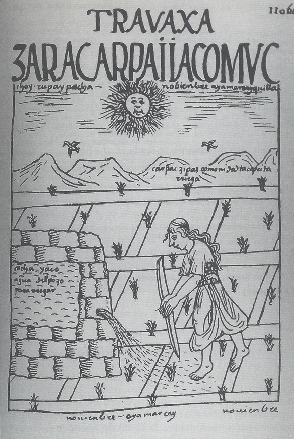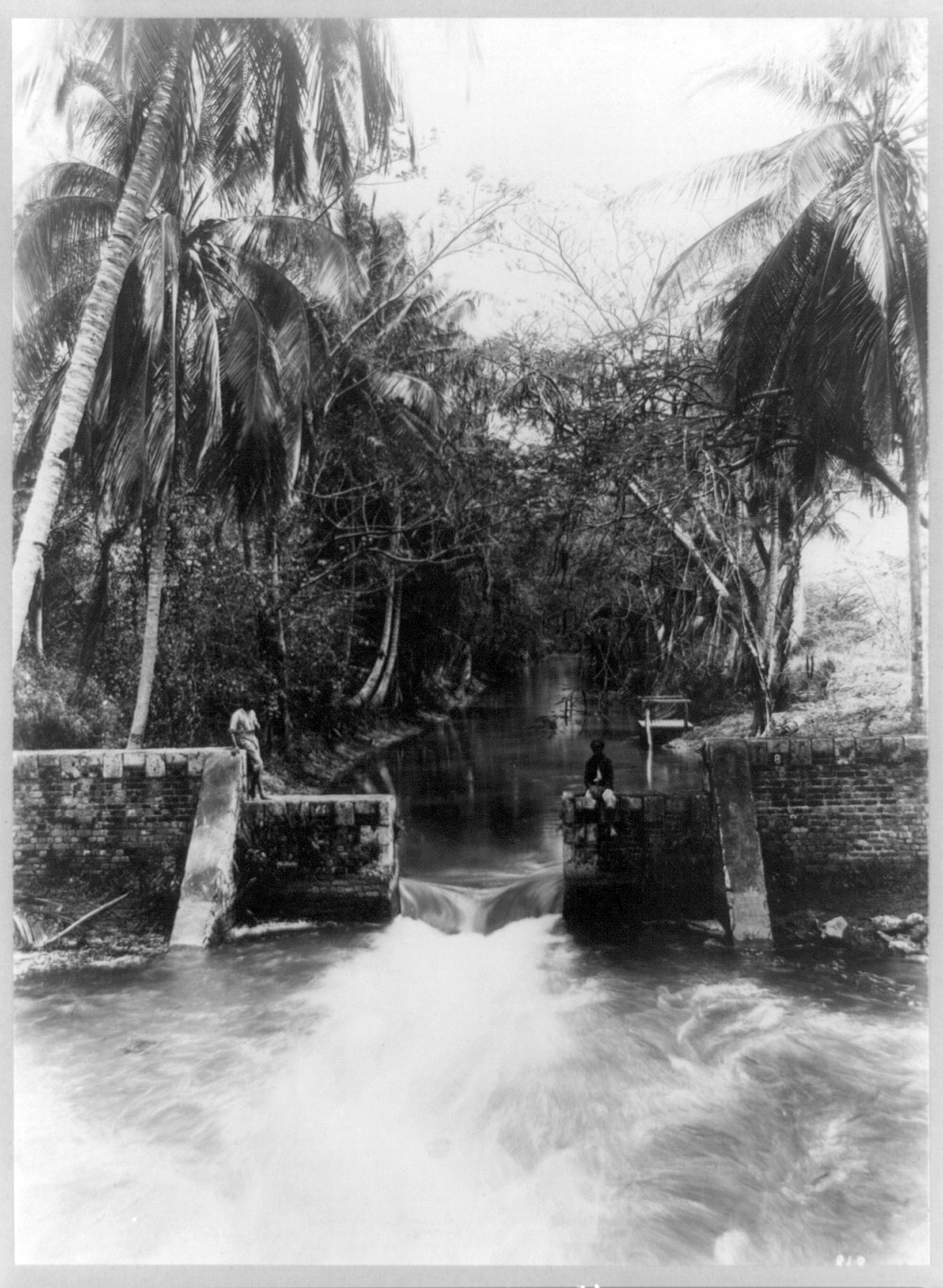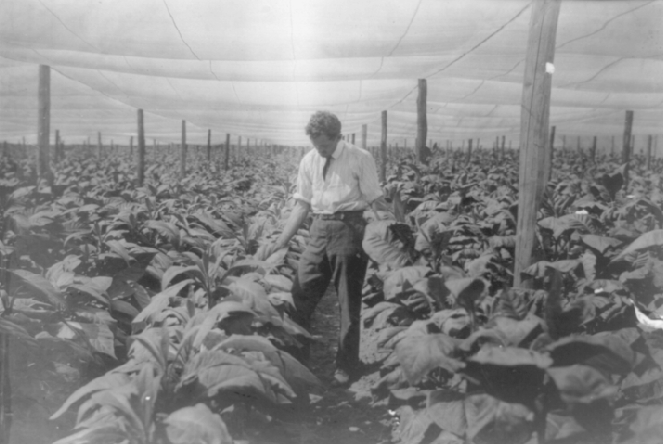Latin American ecosystems have produced some of the most rich and varied crops in modern memory, the production of which has, since the mid-sixteenth century, both tied Latin America to the global economy and resulted in extraordinary ecological change. Growing sugar, coffee, bananas, and other crops has combined with large scale natural resource extraction (oil, copper, timber) and the process of urbanization to transform Latin America in dramatic fashion, with significant consequences for humans, flora, and fauna. Agricultural science has been a key component to advancing the rate of crop production, as well as working to stem the worst effects of the ecological consequences. Agriculturalists have thus implemented measures to protect against erosion, the depletion of nutrients in the soil, and foreign pests.
Although the introduction of European agricultural practices transformed Latin America's landscape, economy, and society, farming had long been a fundamental part of many indigenous civilizations. Maize and legume farming fed the large civilizations of Mesoamerica and potato cultivation provided a nutritious staple for the Inca diet. Furthermore, Indian peoples created advanced agricultural techniques to adapt to their particular landscapes, like the chinampas and terraces seen in this topic's sources.
U.S. foreign policy between 1890 and 1930 emphasized interventionism in Latin American affairs to uphold the 1823 Monroe Doctrine--declaring the western hemisphere off limits to European colonization--and to advance U.S. economic interests in Latin America. Several U.S. owned companies, including United Fruit, Boston Fruit, and Dole Fruit, utilized this policy to their advantage. These vast corporations bought land in the Caribbean and Central America, cleared it and planted immense acreages of highly lucrative, labor intensive, and ecologically damaging crops. Once the crops were harvested, they were transported on U.S. built railroads to the coasts and onto ships heading for either Europe or the U.S. Money generated by the sale of sugar, tobacco, bananas, and coffee was then deposited into U.S. banks.
The ecological toll of large scale monocrop production was extraordinary. Forests were cut and burned to make way for new crops. Savannas and grasslands were plowed under and planted. The lack of crop diversification over centuries exhausted the soil resources and produced deserts, which were then irrigated and planted to feed this increased demand. The fundamental changes to the landscape caused by deforestation and irrigation are well depicted in the source 'Coffee Hacienda.' The end result was mass deforestation, depleted aquifers and contaminated water sources; and a shocking reduction in biodiversity.
Science has played an important role in both stemming the ecological consequences of large scale production and in improving production. As U.S. military and economic presence in Latin America expanded, scientists accompanied it. Scientists working with the U.S. Smithsonian Institution, the American Museum for Natural History, and others, also went to Latin America to collect plant and animal specimens for future study, to work with local governments to protect the environment and to assist plantation owners in improving crop yields, and preventing large scale ecological havoc.
This topic focuses on the role of science in the production of the major crops of the Caribbean and Latin America. The images depict the destructiveness of agricultural production, the process and results of experimentation, and some of the effects that monocrop agriculture has had on local society.
Questions for further exploration:
- In this topic, there are several examples of the role of agriculture in transforming the environment. What problems are common to large scale agricultural production throughout Latin America?
- How does the production of any single crop impact the environment and society of a particular Latin American country (e.g. tobacco in Cuba)?
- How have scientists tried to address some of the more overt problems of soil exhaustion and erosion?
- Where are the problems resulting from agriculture most acute? How are they connected to globalization?
- Discuss the role of geography in the larger theme of agricultural science in Latin America.







